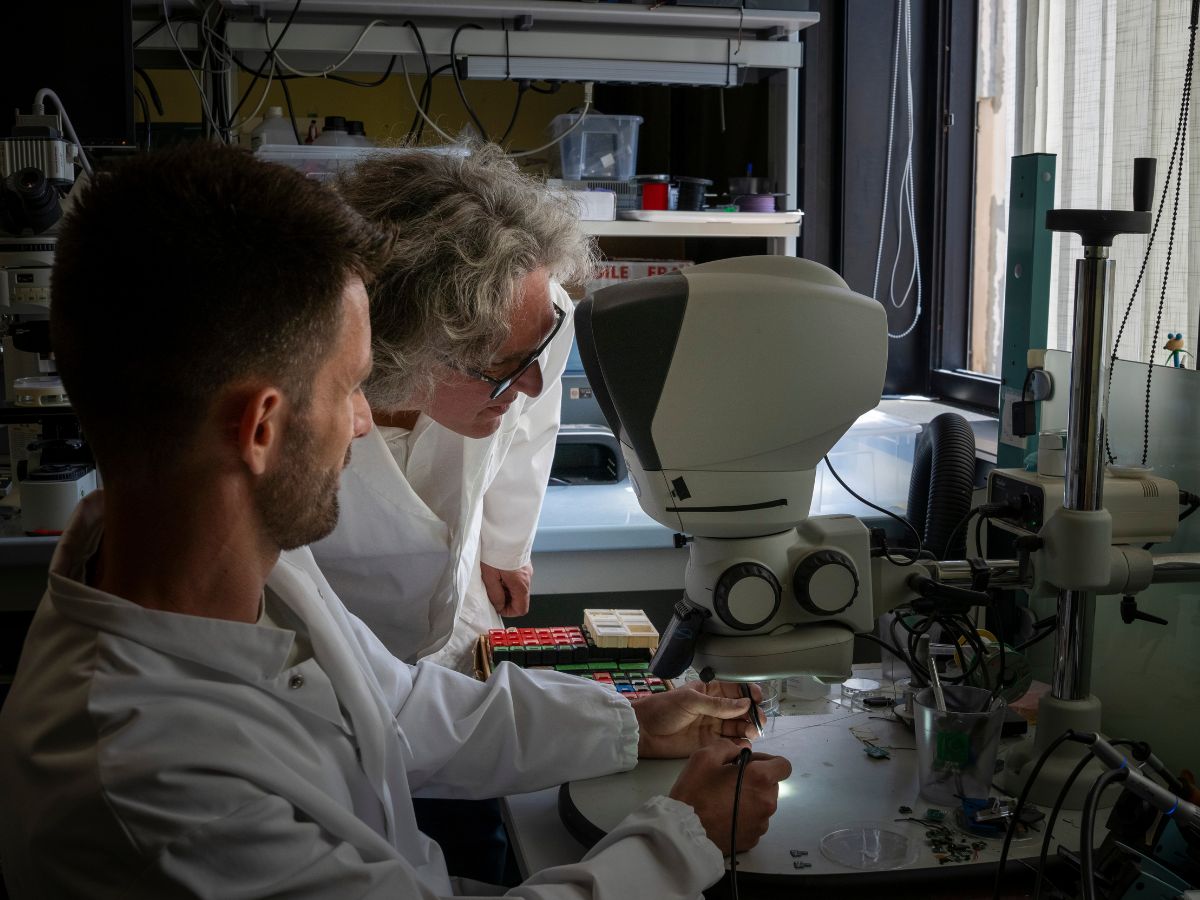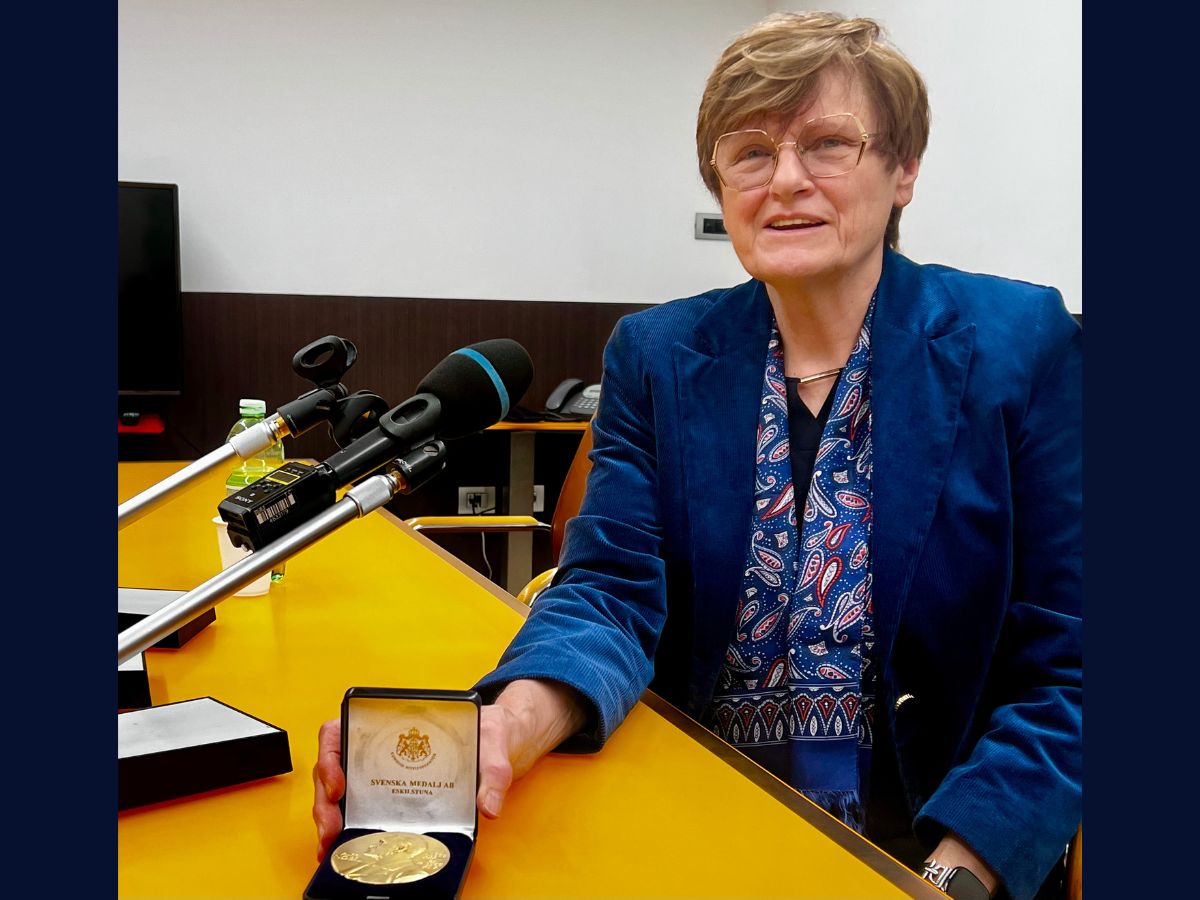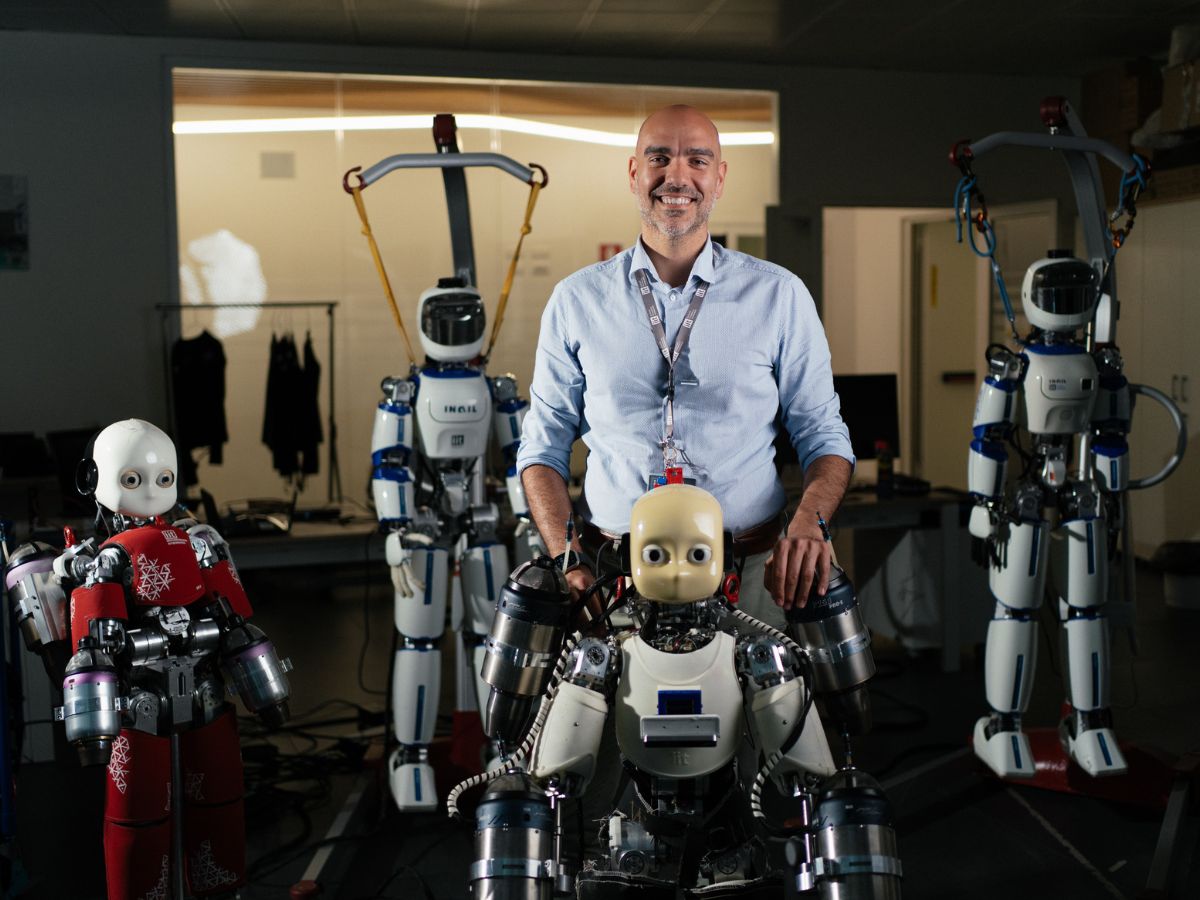An in-depth look at the latest research conducted at the IIT Vectorial Nano-imaging Research Line, coordinated by Antonio Ambrosio
In his biography Albert Einstein wrote that he dreamed of riding a beam of light, and from that dream, the theory of relativity took shape. Light is a physical phenomenon that has always fascinated scientists, from Newton to the present day, and the ability to manipulate its properties has led to new technologies such as lasers, fiber optics, and quantum computers.
At the Center for Nano Science and Technology (CNST) of the IIT in Milan, researcher Antonio Ambrosio, Principal Investigator of the Vectorial Nano-imaging lab and twice European Research Council grantee, focuses on manipulating light and studying its fundamental aspects, as well as the consequences and applications of such research.
In two recent studies published in the prestigious scientific journals Nature Communications and Science Advances, Ambrosio and his research group introduced both a new material for use in photonics and optoelectronics and a method to control light in its temporal dimension (thus referring to the space-time of Einstein’s general relativity).
The first study stems from a futuristic vision: if there were a material in which light could flow as if it were a fluid that loses not a single drop, and its direction and physical properties could be controlled, such a material would be useful for telecommunications, super-resolution optical microscopes, quantum manipulations, as well as for absorbing and emitting sunlight in the form of energy, or even making objects almost invisible or colored depending on their orientation toward light. Ambrosio and his team studied a crystal composed of molybdenum, chlorine, and oxygen atoms (MoOCl₂), demonstrating that it is possible to manipulate visible light in that way.
The results, published in Nature Communications, open a new path of development for nanophotonics, which exploits the interaction between light and matter to reveal new physical phenomena that can be controlled with great precision in terms of spatial resolution. The innovation lies in having demonstrated that thin flakes (a few billionths of a meter) of the crystal can confine and transport visible light without the occurrence of classical diffraction, which is currently used to keep the light within the material. What happens in the material is a phenomenon mediated by plasmonic polaritons, a hybrid wave of radiation and matter typical of metals. From the point of view of optical properties, the material behaves differently depending on the direction of interaction with light: like a metal in one direction and like a dielectric medium, i.e., an insulator, in the orthogonal direction.
The study published in Science Advances introduces a method to explore and manipulate light on extremely short time scales (femtoseconds, or one millionth of a billionth of a second). More specifically, it acts on the temporal dimension of light to have effects on spatial dimensions, such as shape, without the need for external forces. The method exploits the existing link between the angular momentum of the electromagnetic wave—i.e., the physical property that describes how the wave’s energy flow rotates in space—and the temporal frequencies of the wave.
Ambrosio’s group managed to induce very short variations (modulations) within the wave, as if they were impulses, so that the wave itself changes its distribution in space and time. Thanks to this method, the researchers were able to generate effects such as spiral trajectories and acceleration (self-acceleration) of light—phenomena never before achieved.
The new method allows light to be manipulated quickly and precisely, without the need for external forces. Its applications could be in ultrafast spectroscopy or the manipulation of nano- and microstructures, fundamental aspects of condensed matter physics.





